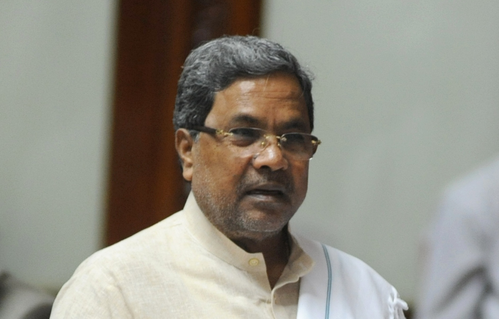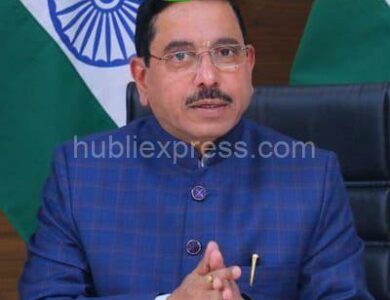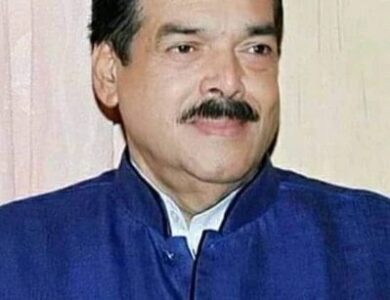Karnataka Sees Soaring Electricity Demand: A 43% Surge in 2023, Government Decides to Provide 7 Hours of Power to Farmers

In a review meeting of the Energy Department chaired by Chief Minister Siddaramaiah, several key highlights regarding the state’s electricity demand and supply were discussed. And the highlights of meeting are:
Rapid Increase in Electricity Demand
Compared to 2022, the year 2023 has witnessed a substantial 43% increase in the average electricity demand. The month of October recorded an impressive peak demand of 15,978 MW, signifying a significant surge in power requirements. Overall, electricity consumption has risen by a staggering 45% compared to the previous year.
Agricultural Usage and Other Sectors
Agricultural usage has seen a remarkable uptick, rising to 119% from 55%. This surge can be attributed to various factors, including a lack of rainfall, early utilization of IP (Irrigation Pump) sets, and the post-COVID-19 economic recovery. Additionally, other sectors have also increased their electricity usage from 9% to 14%.
Boost in Power Production
The production of power from the Raichur and Bellary thermal power plants has increased since the last progress review meeting. To meet the surging demand, electricity is now being procured from states like Uttar Pradesh, Punjab, and Himachal Pradesh.
Efficient Power Distribution
To ensure efficient power distribution within the state, orders have been issued under Section 11 to restrict the supply of electricity to other states. Nodal officials are diligently monitoring the situation to maintain stable power distribution.
7 hour Power Supply for Farmers
For farmers falling under the purview of various power supply companies, continuous power supply is now being provided for five to seven hours according to their specific needs. Approximately 600 MW/hr and 14 million units per day are required to sustain power supply to IP sets across the state for a continuous seven hours.
Future Plans for Power Supply
During the meeting, it was decided to provide electricity for seven hours every day, a move that is expected to require an additional Rs. 1500 crores in expenditure. These funds will be allocated from savings in grants and reallocation of funds.
Moreover, steps are being taken to transition power supply to IP sets from a solar power source through the process of “Solarisation of EIP Feeders.” The tender process for this transition is currently in progress, and it is anticipated that by the next year, this initiative will enable the provision of daytime electricity to farmers.








